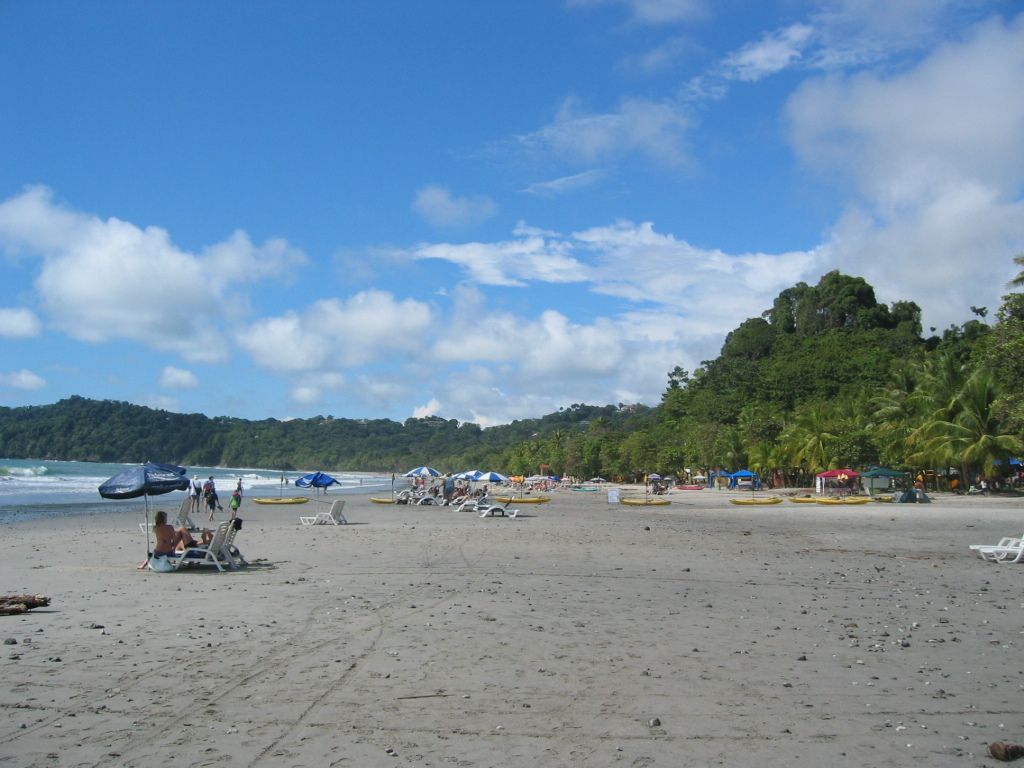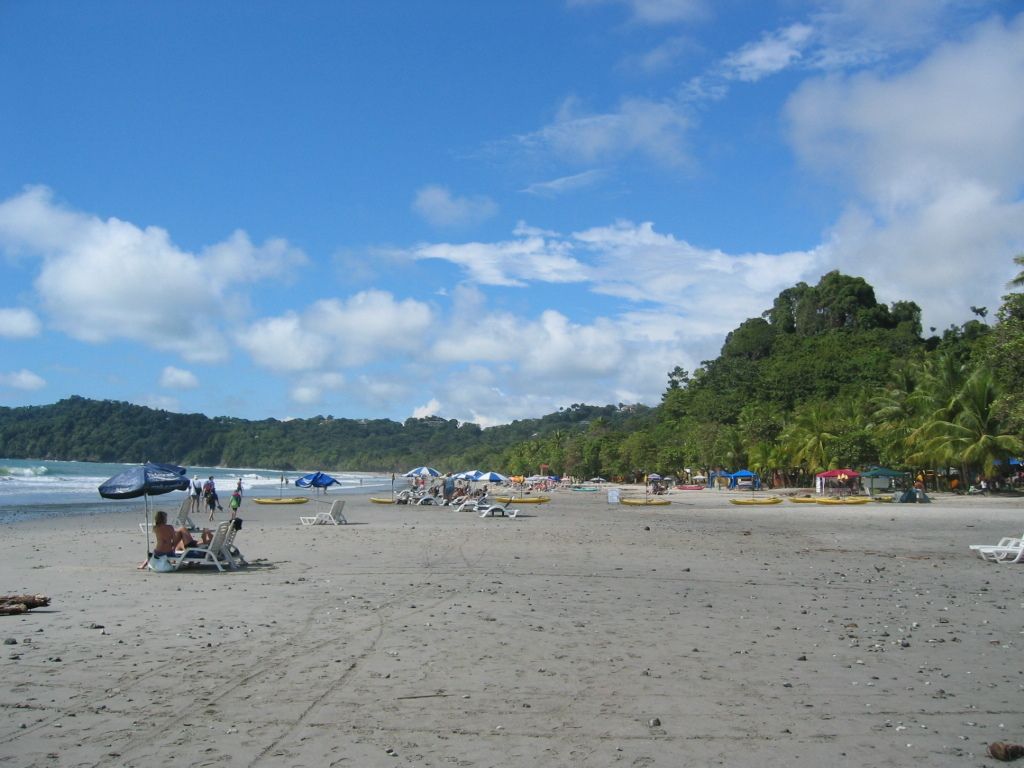Reduced bulk purchases observed in Belarus
Belarus' Economy Unravels
Revealed figures depict an unsettling trend in Belarus' retail sector, spurring numerous questions about the nation's economy. The average Belarusian citizen spent 28.8 rubles daily on shopping, a whopping 3.5 rubles more than the previous year, as per data from Belstat. Yet, despite this increment, the growth of retail sales has slackened, given that the rise was only 10% for the first five months of the year, compared to a jaw-dropping 16.5% in the same period of 2024.
Meanwhile, wholesale trade suffered a significant setback, plummeting by 4.7% in the first five months of 2025. The downward spiral persists, deepening to a 3.4% decline when compared to the same period in the previous year. Public catering, however, displayed an impressive 5% growth during the same period.
But things get even more interesting when we delve into the price realm. Inflation climbed to a staggering 7.1%, as reported by Belstat in May, racing past the government's target of 5%. This increase is primarily due to strict state price regulation implemented in October 2022, which was eased in April, leading to a further escalation in inflation.
In an attempt to keep inflation within check, the National Bank issues a stern warning: further loan taking could jeopardize financial stability and exacerbate inflation. The authorities, on the other hand, aim to restrict inflation to a modest 5%.
Here are some vital insights to better comprehend Belarus' current economic situation:
- Business Profitability: As of 2025, Belarus' sales earnings hovered around 8%, suggesting a moderate level of profitability for most businesses [1].
- Persistent Inflation: Inflation has been an ongoing issue, exceeding the government's 5% target, and is poised to remain a challenge for the remainder of 2025 [4][5].
- Sluggish GDP Growth: Belarus' GDP growth slowed down to 2.8% for the first four months of 2025, falling short of the government's target. Even international organizations predict a lower GDP growth rate for 2025, between 2.2% and 3.5% [5].
- Tightened Monetary Policy: Interest rates have skyrocketed, with the average interest rate on new fixed-term ruble deposits at 10.8% and on market ruble loans at 11.9%. As a result, the interest rate spread narrowed drastically, posing potential challenges to bank profitability and lending [3].
To sum it up, Belarus' economy is grappling with soaring inflation, sluggish GDP growth, and a squeezing monetary policy. These factors shape the nation's economic trajectory for the remainder of 2025, painting a picture of persistent inflationary pressures, sluggish economic growth, and potential banking sector issues that could impact investment decisions.
[1] Kosareva, L. (2025). Belarusian Retail Investigated: Key Metrics and Analysis. Economic Trends.[2] Charter97.org (2025). Tightening Monetary Policy in Belarus: Impact on the Economy and Financial Sector. Charter97.org Blog.[3] World Bank (2025). Belarus Inflation Rate – Historical Data & Charts. World Bank Data.[4] National Bank of the Republic of Belarus (2025). Belarus Inflation: Causes, Evolution, and Future Outlook. Presentation Slides.[5] International Monetary Fund (2025). Belarus: GDP growth, inflation, andComparative data. IMF DataMapper.
- The ongoing inflation in Belarus, which has exceeded the government's target, raises concerns about the profitability of businesses in the finance sector due to tightened monetary policy and a narrowed interest rate spread.
- As the retail sector in Belarus experiences sluggish growth, despite an increase in daily spending by the average citizen, businesses may face challenges maintaining profitability, contributing to the overall slowdown in the nation's economy.








